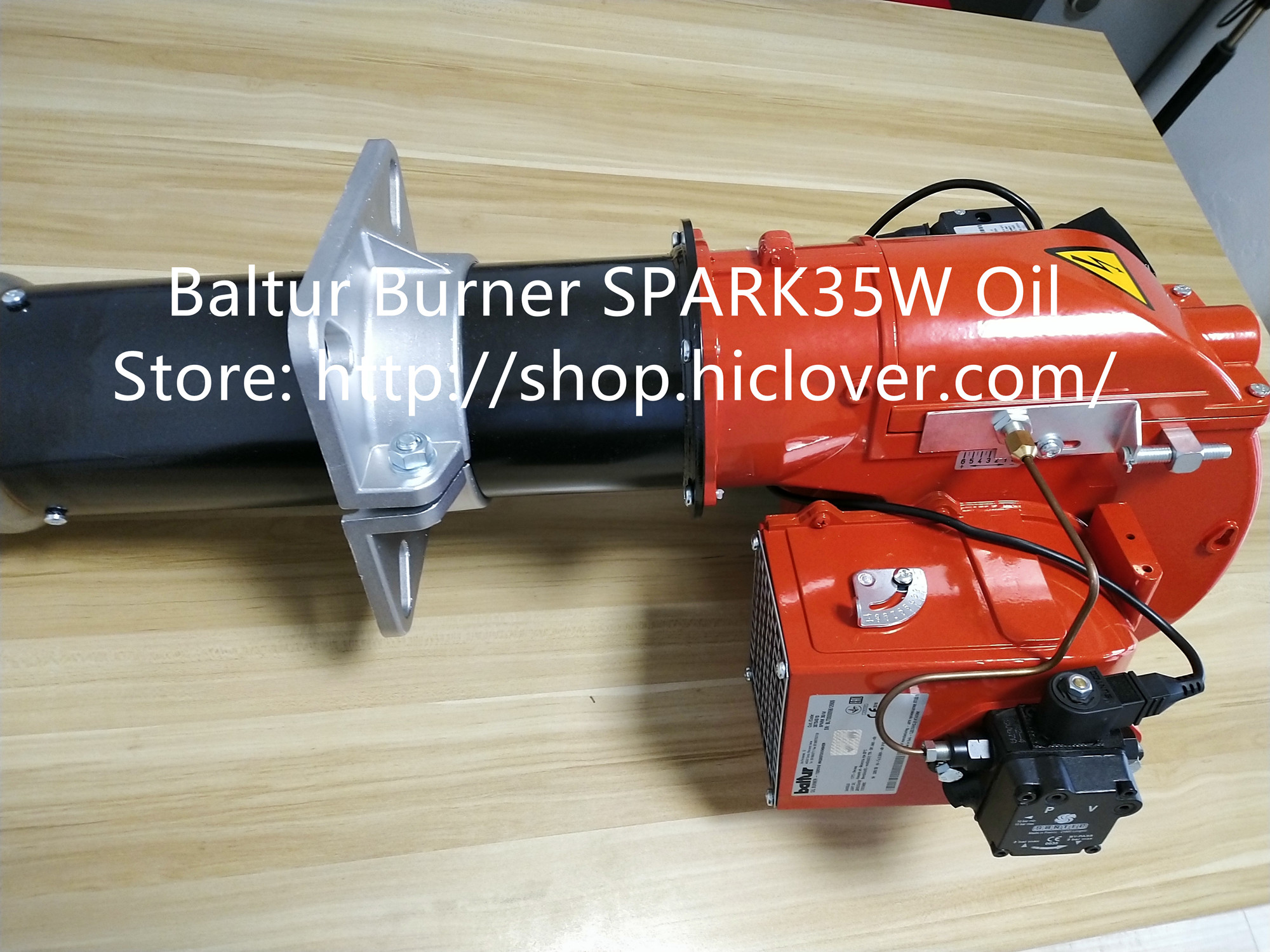As Zimbabwe’s population continues to grow, so does the amount of waste generated in the country. According to the Environmental Management Agency (EMA), Zimbabwe generates over 2.5 million tonnes of waste every year, with only about 10% of that waste being recycled. The rest of the waste ends up in landfills, causing environmental and health hazards. In an effort to address the issue of waste management, incinerators have become a topic of discussion in the country.
Incinerators are a type of waste management technology that burns waste at high temperatures, reducing it to ash. While incinerators offer a potential solution to Zimbabwe’s waste management challenges, they also present their own set of challenges and benefits.
One of the key benefits of incinerators is their ability to reduce the volume of waste. By burning waste at high temperatures, incinerators can significantly reduce the amount of waste that ends up in landfills. This can help alleviate the pressure on existing landfills and reduce the need for new ones, which can be difficult to site and permit due to environmental and social concerns. Additionally, incinerators can generate energy through the burning process, which can be harnessed for electricity production, making them a potentially sustainable waste management option.
However, there are also challenges associated with the use of incinerators in Zimbabwe’s waste management system. One of the main concerns is the potential environmental and health impacts of incineration. Burning waste can release harmful pollutants into the air, such as dioxins and heavy metals, which can have serious health implications for nearby communities. Additionally, the ash produced from incinerators can contain toxins that need to be safely disposed of, posing a potential risk to the environment if not properly managed.
Another challenge is the high cost of establishing and operating incinerators. The initial investment in incineration technology can be significant, making it a costly option for waste management, especially for developing countries like Zimbabwe. In addition, the operation and maintenance of incinerators require skilled personnel and technical expertise, which may be lacking in Zimbabwe.
Despite these challenges, there is potential for incinerators to contribute positively to waste management in Zimbabwe. The technology has the potential to reduce the volume of waste, alleviate pressure on landfills, and generate energy. However, careful consideration and planning are needed to ensure that incinerators are operated in a manner that minimizes environmental and health impacts.
In conclusion, while incinerators offer potential benefits for waste management in Zimbabwe, they also present a unique set of challenges. Careful consideration of the environmental and health impacts, as well as the high costs associated with incineration, is necessary to ensure that this technology is implemented in a sustainable and responsible manner. With the right management practices and regulations in place, incinerators could potentially play a positive role in addressing Zimbabwe’s waste management challenges.



